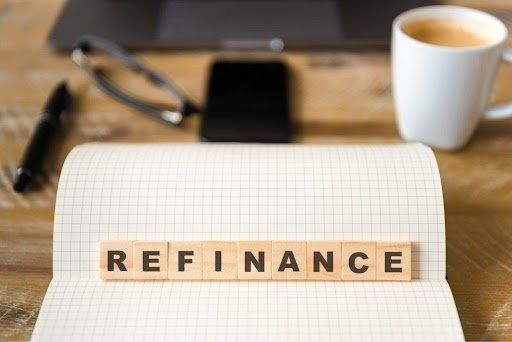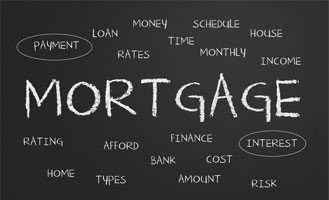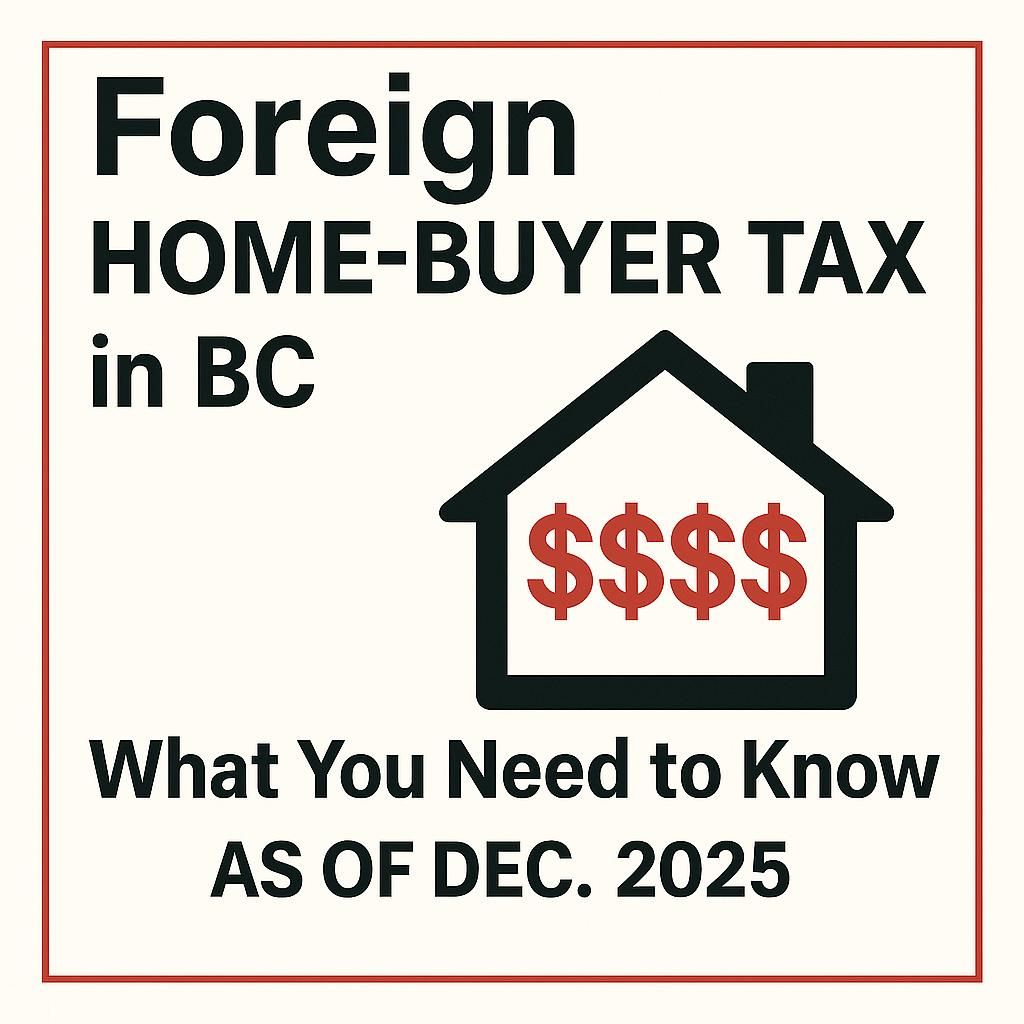4 Things to Consider When Refinancing Your Mortgage

What is mortgage refinancing?
Refinancing your mortgage is the process of “breaking” your current mortgage agreement and starting a new mortgage agreement with a new lender. Your new mortgage pays off your old mortgage, and you can borrow additional money or choose different terms from your original contract (assuming you have enough income for the higher debt).
Which kinds of refinancing are available?
In theory, any aspect of your mortgage can be renegotiated (rates, amortization, terms etc.). Do you want to spread your payments over longer to reduce monthly costs? Or secure a lower interest rate to make your mortgage more affordable?
If your home has a large amount of equity (which is when it’s worth a lot more than you owe on it), then you can use refinancing to release some of this value.
When your home rises in value, say you bought in $500,000 in 2019 and in 2022 your home is worth $700,000 (a lift of $200K), you can request your current lender (or a new lender), add some of your additional equity to your mortgage.
There are many great reasons people refinance their mortgage including:
- Home repairs & renovations
- Debt consolidation – rolling high interest loans/credit card balances into your mortgage
- If you are finding that all your money is disappearing each month and you’re having trouble getting by, a new mortgage can help restructure your monthly debt payments giving you some breathing room
- Getting a better interest rate.
- Finance the education of you or your children,
- Help your children buy their own home (gifted down payment)
- Kick-start a business.
- Purchasing second properties (recreational property or rental/investment property)

Although there are many great reasons to consider refinancing your mortgage, it’s not for every homeowner. Before moving forward, consider these four factors:
1. Your current equity
Your home equity refers to how much of your home’s value you own. When you refinance, you can borrow up to 80% of your home’s current value minus how much you still owe on your current mortgage (assuming you can afford the higher amount).
- When refinancing a mortgage – maximum equity you can take out is 80%
- When refinancing into a Home Equity Line of Credit (HELOC) – maximum equity you can take out is 65%.
- Keep in mind when refinancing your mortgage, it comes with all the same processes and fees you experienced when you first got your home loan. You need to income qualify for the higher mortgage amount using the current stress tested rate, along with having great credit. There are costs to refinancing (see below).
2. The cost of refinancing
Refinancing involves a few associated costs, so it’s important to calculate whether you stand to gain more from the deal than you’ll spend.
Penalties: If you’re breaking your mortgage before the end of its term, your lender is going to charge you a penalty. BLOG
Mortgage Penalties – Ouch… How Much??
The cost to break your mortgage will vary depending on how early you’re breaking your existing mortgage contract as well as your specific lender.
- Variable rate penalties are typically three months interest
- Fixed rate penalties are typically an interest rate differential
- It’s important to factor in penalties when breaking your mortgage contract.
- Find out in advance from your current lender what the penalty will be.
Home appraisal: Your lender will need a current valuation of your property to determine how much equity you have in your home.
Closing costs: These can include legal fees, home appraisal, title insurance, administrative fees, reinvestment fees, and a discharge fee along with the costs to re-register your new mortgage at the land titles office.
3. The current interest rate
A common reason Canadians refinance their mortgage is to take advantage of lower interest rates. Even a 1% difference can save hundreds of dollars a month on a large mortgage. The long-term savings with the new rate may be worth the upfront cost of refinancing.
- With interest rates at a historic low, many homeowners are opting to refinance now so they can lock in their rates before they rise again.
4. Finding the right mortgage for you
When you refinance, you have the chance to select new mortgage terms. You aren’t tied to your same lender or even the same type of loan you had previously. The best thing you can do is to consider all your options with a mortgage broker.
- A low-interest rate is absolutely important, but even more important is to make sure you’re paying the least amount of money to your bank over your term. Interest rates definitely factor into this but having a flexible mortgage with the right features will protect you and your valuable equity.
- Some lower rate mortgages look good on the outside but can be restrictive and come with large penalties.
- A low-rate mortgage with poor features, coupled with bad advice, will cost you dearly. You need to go into the mortgage process with eyes wide open.
- There is an interesting stat in Canada - 60% of homeowners break their mortgage around the 36-month mark. Lenders are counting on this; paying a high penalty is factored into their projections and their bottom line. BLOG 9 Reasons Why People Break Their Mortgages
Do the math - with preliminary numbers in hand, you’ll know if refinancing makes financial sense for your situation.
Refinancing is a financial tool that can make a significant difference with homeowner’s current financial picture. If you have reviewed the information above and want to evaluate the pros and cons of a mortgage refinance, let’s set up a time to chat.
You work hard to build the equity in your home — make it work for you!
Kelly Hudson
Mortgage Broker
604-312-5009
Kelly@KellyHudsonMortgages.com
www.KellyHudsonMortgages.com






